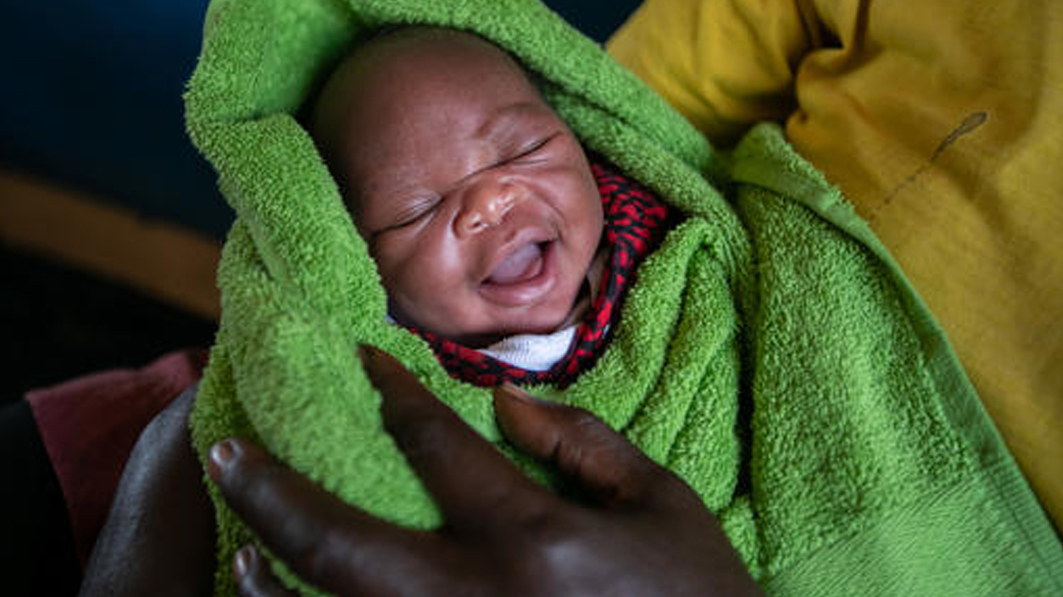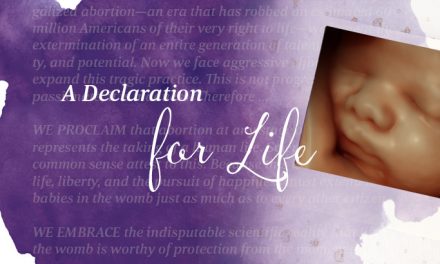New estimates from United Nations organizations show that more children are surviving than ever before. Deaths of children under the age of 15 dropped by nearly half since 2000 and by 56% since 1990. A second study estimates that maternal deaths dropped around the globe from 2000 to 2017 by 35%. That’s good news for families around the world.
“These new reports highlight the remarkable progress of recent years in reducing maternal and child mortality,” Mr. Liu Zhenmin, the United Nations Under-Secretary-General for Economic and Social Affairs, said. He spoke on behalf of the U.N.’s Population Division, one of the agencies responsible for the estimates, along with UNICEF, the World Health Organization and the World Bank.
“Levels and trends in child mortality report 2019” explains that “the world has made tremendous strides in reducing child and young adolescent mortality over the past few decades.” The report estimates death rates of children under the age of 15, around the world, primarily from “preventable or treatable causes like infectious diseases and injuries.”
Newborn babies, 28 days and younger, have the highest mortality rates, followed by children under the age of 5. The group with the lowest rates is children and adolescents aged 5-14 years. Despite the gains, far too many children are still dying from preventable illnesses and accidents. The report estimates that 6.2 million children died in 2018, down from 14.2 million in 1990.
The child mortality report says the lower rates have been achieved by progress in different countries such as improvements in drinking water, sanitation, hygiene and nutrition, and through better access to affordable health services.
The second report, “Maternal mortality: Levels and trends 2000 to 2017” estimates that over 290,000 women died due to complications during pregnancy and childbirth in 2017, an improvement from the 451,000 estimated maternal deaths in 2000.
“Around the world, birth is a joyous occasion. Yet, every 11 seconds, a birth is a family tragedy,” Henrietta Fore, UNICEF Executive Director, said. “A skilled pair of hands to help mothers and newborns around the time of birth, along with clean water, adequate nutrition, basic medicines and vaccines, can make the difference between life and death.”
The reports give estimates for different regions and for individual countries. As you might expect, there are huge regional differences, with sub-Saharan Africa and Southern Asia accounting for about 80% of all world-wide maternal and child deaths.
Reducing child mortality and improving maternal health are two goals established by the U.N. in 2000. Leaders from around the world gathered for the Millennium Summit and set eight Millennium Development Goals (MDG) that they hoped to achieve by 2015. Other goals include eradicating extreme poverty and hunger; achieving universal primary education; promoting gender equality and empowering women; and combatting HIV/AIDS, malaria and other diseases.
In 2015, the U.N. General Assembly established 17 Sustainable Development Goals (SDG) which they hoped to achieve by 2030. The resolution establishing these broad goals recognized that while progress had been made, some of the MDGs remained “remain off-track, in particular those related to maternal, newborn and child health and to reproductive health.” The member nations recommitted themselves to those efforts.
These two reports demonstrate great progress saving lives of women and children within the past few decades. While Zehnmen applauded these results, he noted that there is more to be done, “Despite this progress, large disparities in maternal and child survival still exist. Reducing inequalities and assisting the most vulnerable newborns, children and mothers will be essential for achieving SDG targets on ending preventable maternal and child deaths.”
More resources:
Focus on the Family’s Global Partnership serves families in Asia, Latin America, Europe, the Middle East and Africa. Associate Offices in 12 countries work to help families thrive around the globe, offering resources such as Adventures in Odyssey, daily radio broadcasts and The Truth Project in different languages to different cultural contexts.
The international offices also create their own programs, events and resources to answer the specific needs of their audience. Projects range from orphan care in Africa to caring for the persecuted church in the Middle East. Each office is committed to Focus on the Family’s mission to bring people to Christ, save and support marriages, protect children, and engage the culture with biblical truth.
Photograph: “© UNICEF/UN0306422/Abdu”






